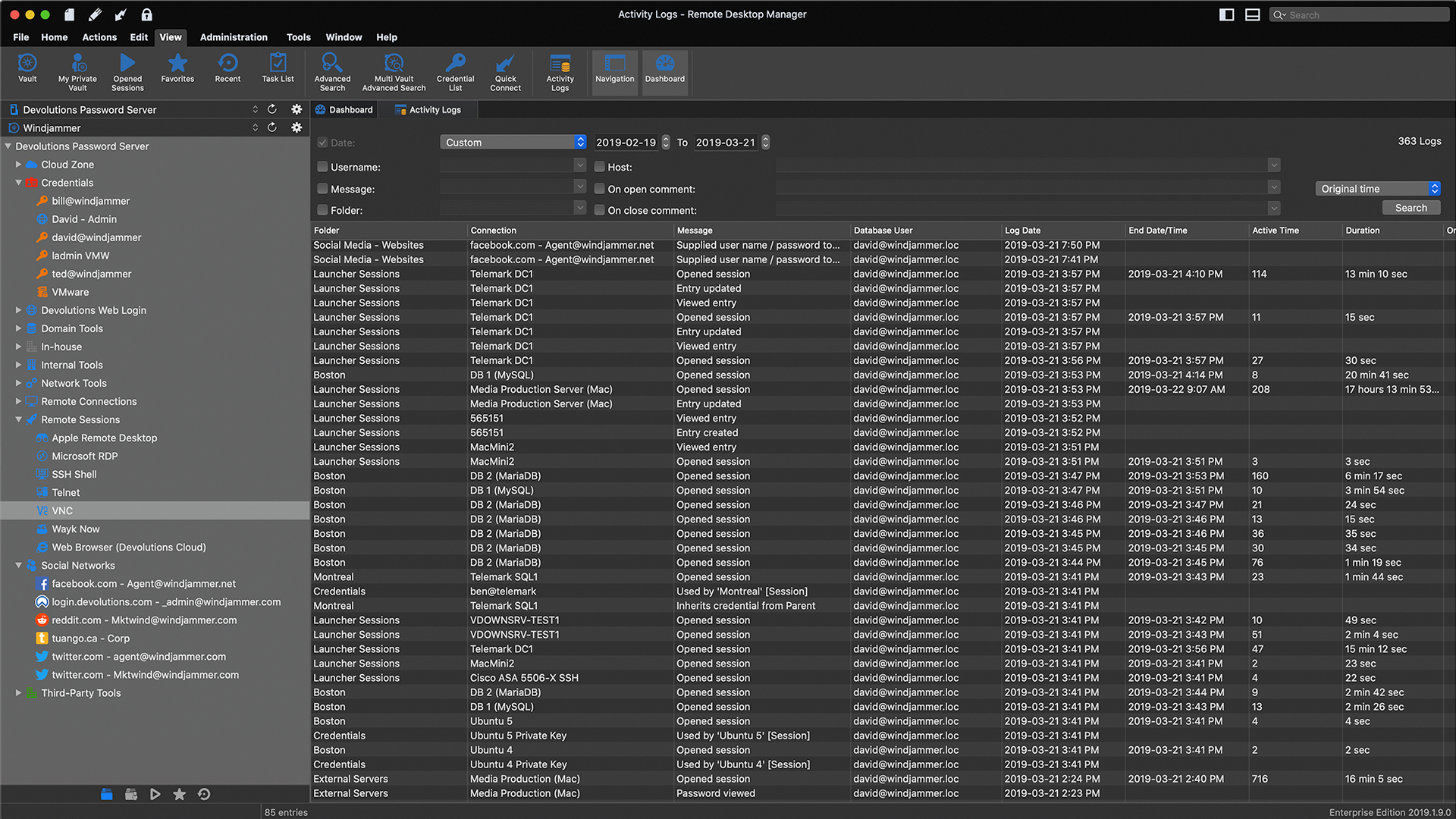- Install Terminal Services Manager Xp
- Terminal Service Configuration Windows 10
- Terminal Services Manager Windows 10 Download
- Install Terminal Services Manager Windows 10
- Terminal Services Manager Windows 10 Login

- The lifeblood of Terminal Services is now called 'Remote Desktop Connection', which can be run by typing the following command into the 'Run' box of Windows 2000, XP, Vista, and 7: mstsc Cool Fact: Although the program is now called Remote Desktop, the command is still mstsc because it means M icro s oft T erminal S erver C lient, because it.
- The Remote Desktop Services Management Pack helps you manage computers that are running Remote Desktop Services on Windows Server 2016 by monitoring the health of all Remote Desktop Services role services, except MultiPoint Services.
Configure users who can connect to the server remotely: 1. Log into the terminal Server 2. Open Control Panel, open System, click on Remote Settings then click on the Remote tab. Click on Select Users, Remove any groups/users and then Add the Terminal Server Users security group. Disable Server Manager Pop Up at user log on: 1.
This article describes Remote Connection Manager (RCM) and the changes to RCM in Microsoft Windows Server 2016.
Original product version: Windows Server 2016
Original KB number: 3200967
Install Terminal Services Manager Xp

Changes to RCM
In Windows Server 2012 R2 and earlier versions, when a user logs on to a terminal server, the RCM contacts the domain controller (DC) to query the configurations that are specific to Remote Desktop on the user object in Active Directory Domain Services (AD DS). This information is displayed in the Remote Desktop Services Profile tab of the users object properties in the Active Directory Users and Computers MMC snap-in.
Starting in Windows Server 2016, RCM no longer queries the user object in AD DS. If you require RCM to query AD DS because you are using the Remote Desktop Services attributes, you must manually enable RCM. For more information about this by-design behavior in Windows Server 2016, see RCM behavior in Windows Server.
Additionally, consider the following scenario:
- You install Windows Server 2016 with the Remote Desktop Session Host role.
- You configure a local user account to start an application during logon. You do so by using the Local Users and Groups tool in Computer Management.
In this scenario, you expect the user to be presented with the application in the Remote Desktop Session only. However, by default in Remote Desktop Session Host (RDSH) in Windows Server, a full Remote Desktop Session is presented, and the application setup process in the profile doesn't start.
To revert to the earlier (pre-Windows Server 2016) behavior, here's what to do:
If the server has the RD Session Host Role installed, apply the following registry keys to enable the RCM legacy model. It triggers an Active Directory query to check for RDP profile settings:
- Path:
HKEY_LOCAL_MACHINESOFTWAREPoliciesMicrosoftWindows NTTerminal ServicesandHKEY_LOCAL_MACHINESYSTEMCurrentControlSetControlTerminal ServerWinStations<Winstation name> - Name: fQueryUserConfigFromDC
- Type: Reg_DWORD
- Value: 1 (Decimal)
Then, restart the Remote Desktop Service. If the server doesn't have the Remote Desktop Service role installed, you must set up an extra registry key:HKEY_LOCAL_MACHINESYSTEMCurrentControlSetControlTerminal Server
More information
When a user logs on to an RDSH server, the attributes on the Remote Desktop Services Profile tab of the users object properties in AD DS aren't applied to the user. The user's attributes aren't enforced, and everything is working as designed. So, no warning is generated, and no event is logged.
For example, if you use the RDS attributes to specify a Remote Desktop roaming profile, users won't load that profile. They will use a local profile instead. In this situation, there are no error message or logged events. You can only know whether the user profile isn't the RDS roaming profile in one of the following ways:
- You notice that the desktop environment isn't the expected layout.
- You view the profile types in the system Control Panel applet.

Remote Desktop Services Profile tab in Active Directory Users and Computers:
User profiles in Control Panel > System > Advanced SystemSettings > User Profiles:
Terminal Service Configuration Windows 10
The attributes that you can set in the Active Directory Users and Computers MMC snap-in are as follows:
- Profile Path
- Home Folder
- Deny Logon to the RDSH server
Enable RCM in Windows Server
Important
Follow the steps in this section carefully. Serious problems might occur if you modify the registry incorrectly. Before you modify it, back up the registry for restoration in case problems occur.

Use either of the following registry values to enable the behavior of RCM in Windows Servers 2012 R2 and earlier versions:
Registry key 1:
- Path:
HKEY_LOCAL_MACHINESOFTWAREPoliciesMicrosoftWindows NTTerminal Services - Name: fQueryUserConfigFromDC
- Type: Reg_DWORD
- Value: 1 (Decimal)
- Path:
Registry key 2:
- Path:
HKEY_LOCAL_MACHINESYSTEMCurrentControlSetControlTerminal ServerWinStations<Winstation Name> - Name: fQueryUserConfigFromDC
- Type: Reg_DWORD
- Value: 1 (Decimal)
- Path:
Note
Terminal Services Manager Windows 10 Download

Install Terminal Services Manager Windows 10
The default value for <Winstation Name> is RDP-tcp. However, this value can be renamed.
RCM behavior in Windows Server
Terminal Services Manager Windows 10 Login
At each user logon, RCM does the following things:
- Query the Terminal Services registry key for the fQueryUserConfigFromDC value.
- If the value is found and set to 1, contact the DC to get the user configuration information.
- If the value is set to 0 or not present, query the
Winstationskey for the fQueryUserConfigFromDC value.
